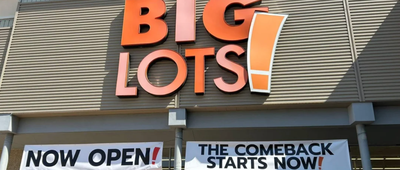Brand New
For the nation’s largest companies, it’s hard to overstate the importance of branding. Still, the time inevitably rolls around when higher-ups decide it’s time for a new look that better reflects the times. Here’s a rundown of some of the most notable tweaks to familiar logos — some a resounding success, some definitely not — including Buick, which is not only changing its logo, but its entire automotive line.
Related: Companies Forced to Rebrand to Avoid Being Canceled


































